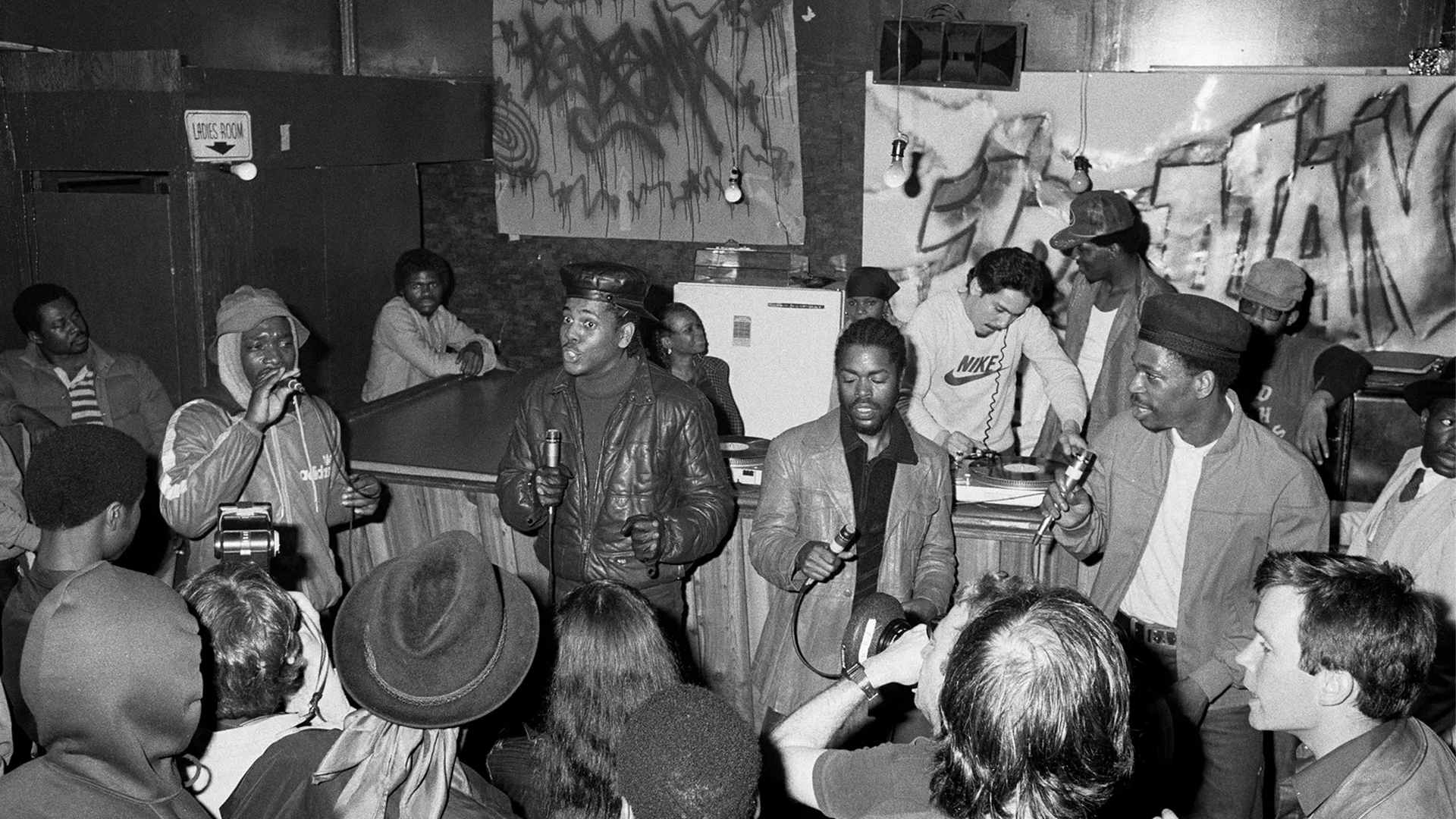The Birth of Hip-Hop

A sweltering summer night, a community rec room, and two turntables rewired the future of music.
What Happened?
The scene: 1520 Sedgwick Avenue, Bronx, New York. Cindy Campbell rents the rec room for $25 to fund her back-to-school wardrobe. Her brother, Clive 'DJ Kool Herc' Campbell, brings the sound system, two towering speakers, and a revolutionary idea. Instead of playing full tracks, Herc uses two copies of the same record to loop and extend the drum breaks—the moments dancers love most. He calls it the 'Merry-Go-Round.'
That night, the crowd heard something they’d never experienced before: a continuous rhythm that fueled dance battles and creative expression. Herc’s toasts on the mic, joined by his friend Coke La Rock, planted the seeds of MCing. The Bronx—scarred by poverty, arson, and neglect—suddenly had a new safe space, a culture built on skill, style, and defiance.
Hip-hop did not spring from a vacuum. Its DNA runs through Jamaican sound system culture, African American funk and soul, the Last Poets, Muhammad Ali’s lyrical bravado, and street graffiti. But August 11, 1973, marks the moment the threads came together in one room and began weaving a tapestry that now stretches across the globe.
From its birth in a neglected borough, hip-hop became a way of seeing and shaping the world through music, dance, visual art, fashion, and philosophy. Today, it is one of the most influential cultural forces on Earth, with MCs rapping in dozens of languages, DJs spinning in every major city, and B-boys and B-girls bringing the break to streets, stages, and stadiums.
Why It Matters
Hip-hop's origin story is more than music history, it’s a testament to the creativity born from scarcity, the resilience of marginalized communities, and the global power of cultural exchange. From the Bronx to Beijing, hip-hop speaks truth to power, amplifies voices the mainstream tries to ignore, and transforms personal and collective struggle into rhythm, rhyme, and movement. The night of August 11, 1973, shows how a single act of innovation can spark a worldwide cultural revolution.
?
How did DJ Kool Herc’s 'Merry-Go-Round' technique change the way DJs approached live performance?
Why did hip-hop emerge in the Bronx in the early 1970s, and what social conditions influenced its growth?
In what ways does hip-hop continue to serve as a voice for marginalized communities?
How have the original elements of hip-hop—DJing, MCing, breaking, graffiti—evolved since 1973?
Can you identify parallels between hip-hop’s birth and the origins of other musical or cultural movements?
Dig Deeper
In New York’s South Bronx, a generation-defining music is about to emerge.
Clint Smith explores rap & hip hop’s cultural significance, from Public Enemy to Missy Elliott, in a high-energy history lesson.
Related

Prelude to War – Sectional Tensions and Failed Compromises
The uneasy balance between free and slave states collapsed in the 1850s, as 'compromises' like the Compromise of 1850 and Kansas-Nebraska Act inflamed tensions instead of easing them.

The First Great Awakening: Faith, Fire, and a New American Identity
Long before the Revolution, a different kind of rebellion was stirring, one in the soul. The First Great Awakening reshaped American religion and helped plant the seeds of self-government and democratic identity.

The Enlightenment: Revolution of the Mind
The Enlightenment wasn’t just an era of smart people in powdered wigs—it was a radical shift in how humans understood power, truth, and their place in the world. Its ideas fueled revolutions, rewrote constitutions, and laid the intellectual bricks of modern democracy.
Further Reading
Stay curious!
